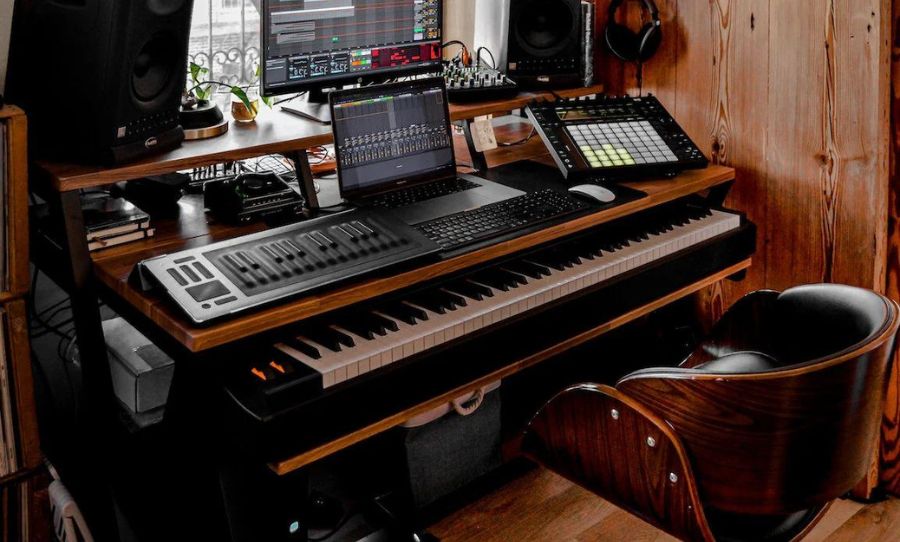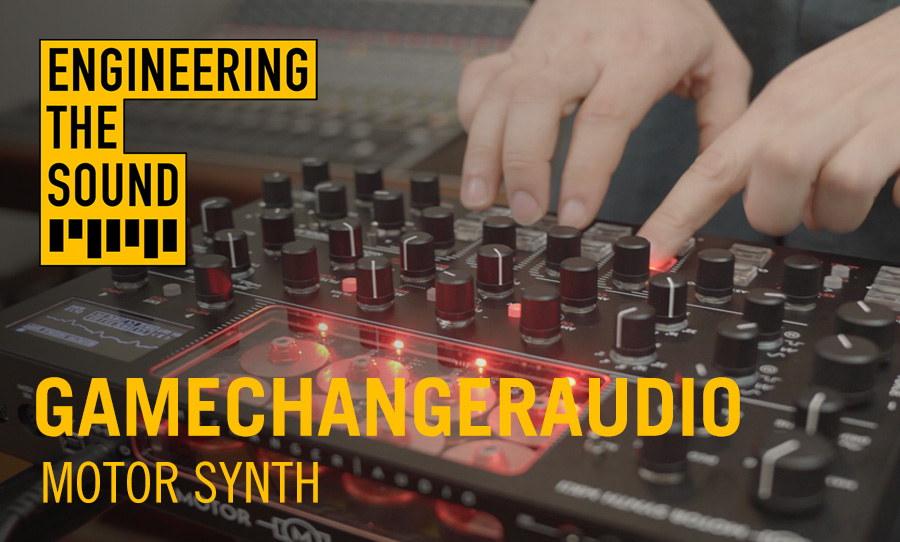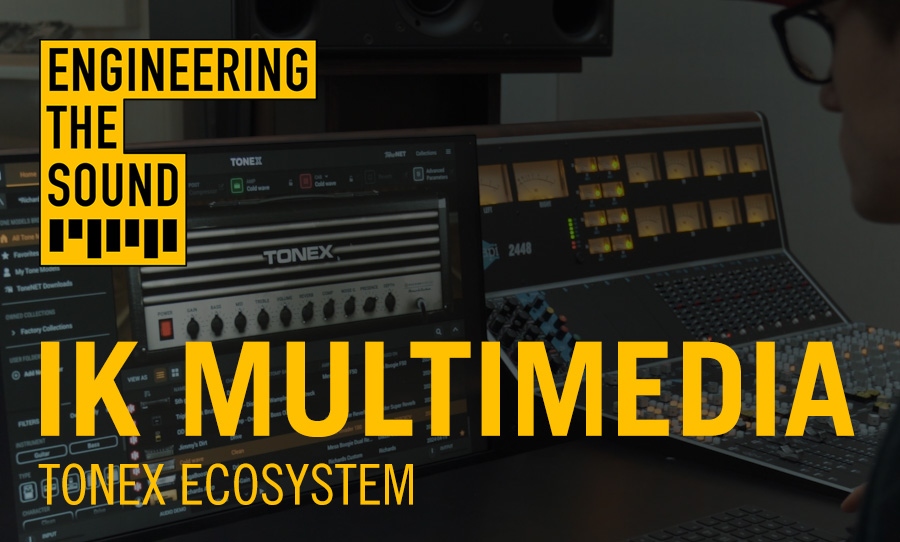So, you’ve decided to build your own studio. It’s the dream of many and the reality for few. But if you’ve ever set foot in a high-quality recording studio, it’s a pretty awe-inspiring experience and it’s easy to see how these ambitions can take root in someone’s heart. All those knobs, expensive gear and shiny microphones with names that are hard to pronounce. But how does the place sound?
Before hitting record, most of the hard work in building the sound has already happened behind the scenes – or more accurately – behind the walls. Materials like Green Glue, Gyprock, and various others all contribute to reinforcing helpful frequencies while absorbing or reflecting problematic ones. These materials, in fact, were pivotal in the creation of Happy’s very own studio, Enmore Audio.
Getting these fundamentals right is crucial in creating an acoustic environment that will yield consistent sonic results. So let’s take a little peek behind the walls. 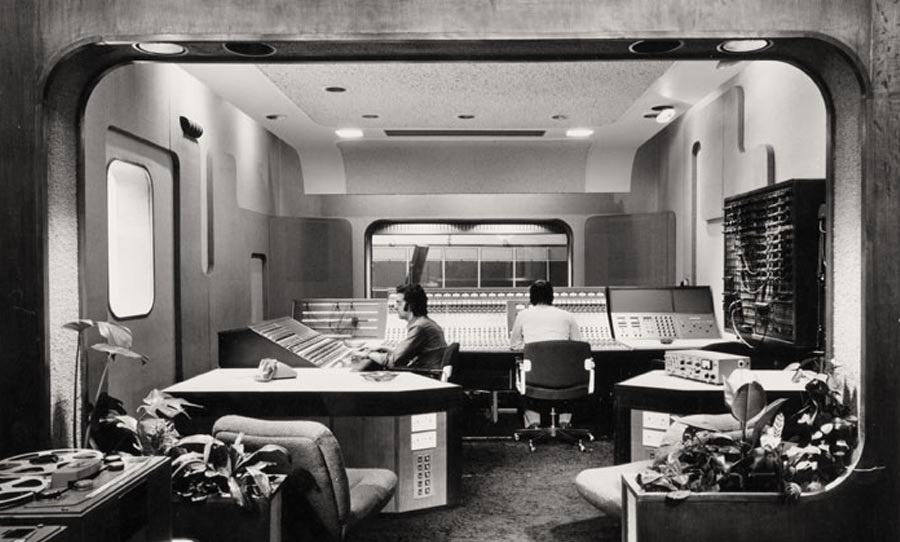
Green Glue, Gyprock and a host of other materials comprise the literal building blocks of a solid recording and mixing space. Let’s get to know more about these materials.
Won’t Any Old Room Do?
A fair enough question to ask at the beginning of a recording studio build is “will a regular room work?” We regularly consume music in poorly-treated spaces without hesitation and it sounds fine, right? Well, it doesn’t take much analysis to come up against some serious sonic deficiencies.
Listening to music for pleasure = yes. Listening to a soloed bass track and deciding whether or not to cut 120 Hz by 2 dB or not = no. If the room can’t cope with analytical listening, then you’ll need some treatment.
Room Treatments
Treating an existing room with absorption and diffusion is very different from building a space from scratch. The same principles will apply, yet the methods and materials will differ greatly. In a pre-existing room (one that you’re not planning to tear down anytime soon) there’s little option but to apply different forms of treatment to the walls that are already standing.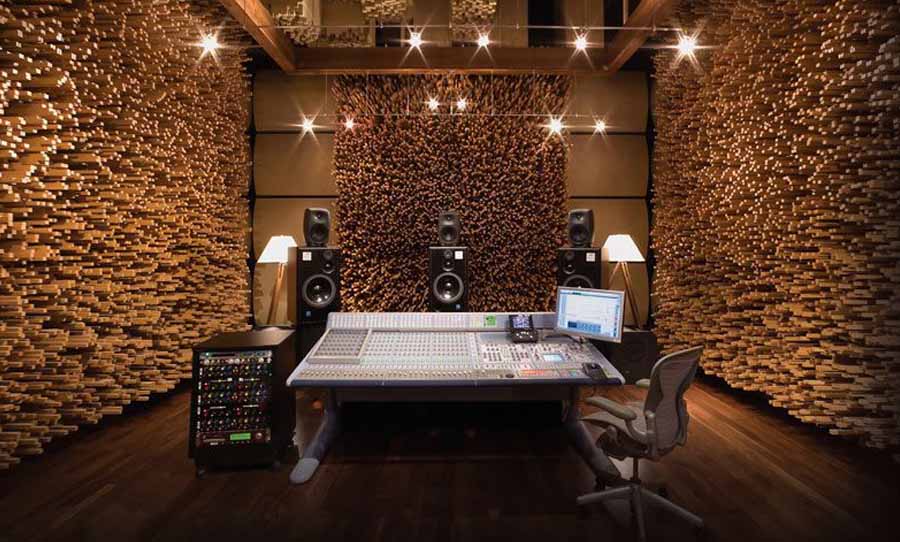
This treatment usually comes in the form of absorption – which absorbs particular frequencies, preventing them from reflecting back into the room, and diffusion – scattering particular frequencies, disrupting reflections, so as to create a natural listening environment.
Foam panels can effectively absorb high frequencies, but to clean up mid-range and especially low-range content, bass traps (essentially much thicker and denser foam) will need to be placed in the corners. To scatter potentially problematic high-end reflections, diffusion is required. Diffusion panels are usually made from harder materials, like timber, so the sound hits the area and scatters, creating more unpredictable reflections.
Building from Scratch
If you’re building from scratch though, these types of internal problems can be potentially avoided. Yes, you will need absorption and diffusion in one form or another, but you’ll have more say over the dimensions of the space – a crucial element in acoustic performance (and a whole other topic of discussion).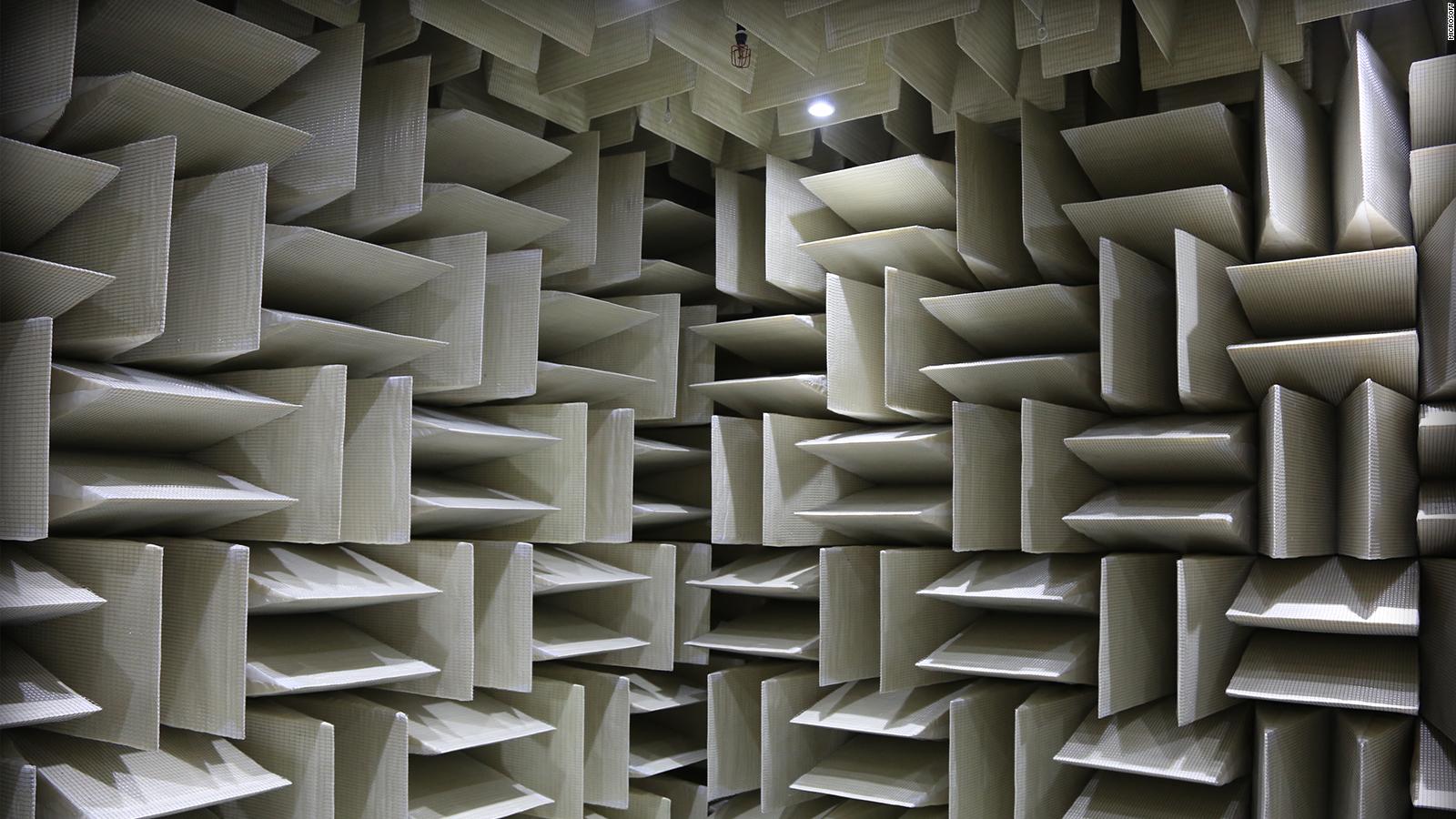
What about external soundproofing issues though? This is where specific building techniques and materials come in to play.
The typical method for soundproofing relies on Constrained Layer Damping (CLD). When a sound from the opposite side of a wall for example occurs, it hits the wall, the wall vibrates, translating to sound in the next room. If a wall can constrain vibrations, the better it will prevent sound from entering a space. In other words, CLD.
The most common and cost-effective way of creating CLD is to make a multilayered sandwich, with sheets of Gyprock making up the bread and Green Glue making up the butter in between. Plasterboard and Gyprock are often interchanged terms but are slightly different in reality. Plasterboard is more difficult to work with and more expensive. Gyprock can be cut to size, attached to frames and stud work and as you can imagine, cheaper.
Green Glue is a viscoelastic compound that is designed to stay flexible over long periods of time. It simply goes in between the layers of Gyprock and because of its properties, works to minimise the amount of vibration in the wall caused by sounds from the outside. After the CLD stage has been completed, Green Glue sealants can also be employed to make sure corners and other gaps are sealed, preventing further leakages. 
This part of the process doesn’t take into account how you want the room to actually sound. Absorption and diffusion will still needed to be installed thereafter to create a workable listening environment. Nevertheless, the CLD stage of the process is a basic building block of recording studio construction and of the keys to creating separation between your magical space and the outside world.
